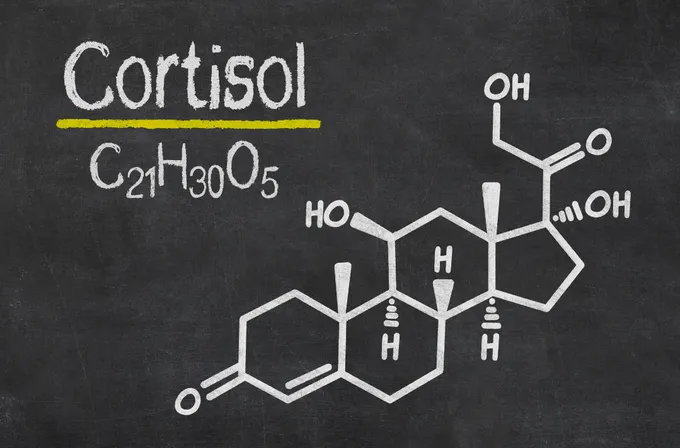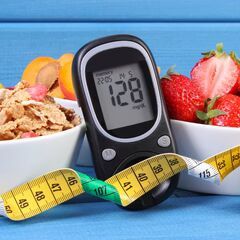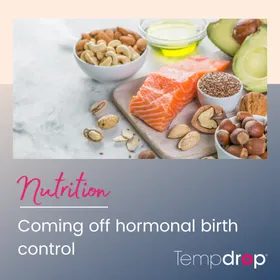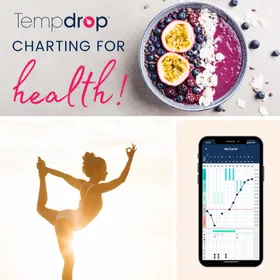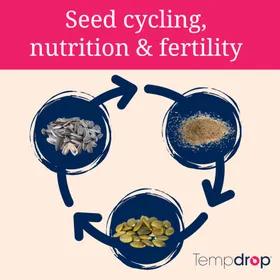Why Managing Blood Sugar Is Important for Hormonal Health
Published February 5, 2025.
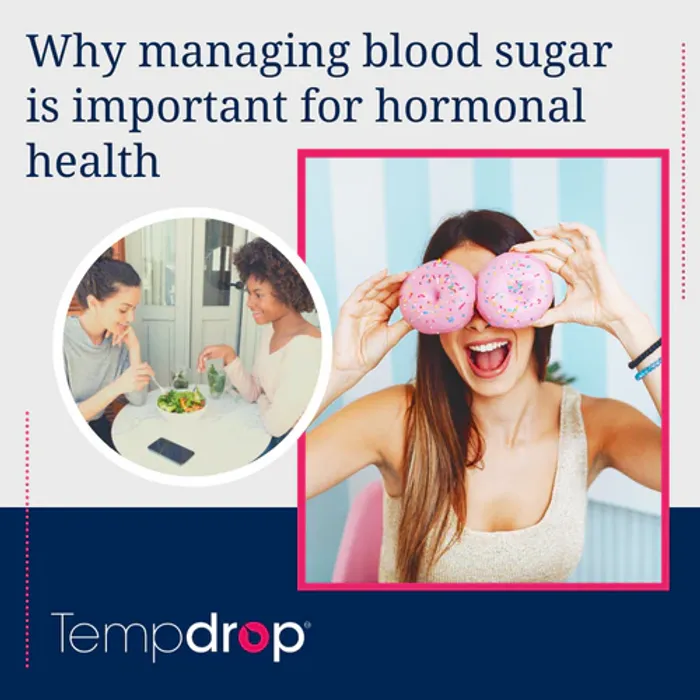
Sugar and its effects on hormonal health is a big deal and I’m going to explain why.
Often, we consider our hormones as the major drivers of hormonal imbalances - and yes when they are imbalanced so to speak, they do cause major problems such as heavy periods, short/long cycles, absent/irregular/painful periods, PMS, the list is truly endless. However, hormones don’t just become imbalanced for no reason; they are at the mercy of other bigger players in particular cortisol and insulin. Your sex hormones don’t call the shots, they are mere followers.
Cortisol and Insulin
Cortisol and insulin have the biggest impact on your hormones, because they are life and death hormones. You need cortisol and insulin to survive. What you don’t need to survive is oestrogen and progesterone. Of course, they have far wider benefits than just getting you pregnant, such as building strong bones, supporting healthy moods, and even protecting your heart, breasts and uterus. But at the of the day your heart will still beat and your brain will still function without them. Cortisol and insulin on the other hand, well that’s a different story. Without cortisol and insulin you wouldn’t survive for long.
What is Cortisol?
Most of us are familiar with cortisol being our stress hormone. Cortisol is instructed to be released from the adrenal gland when we are exposed to a stressor. When cortisol is released, it signals to the liver to release glycogen (storage form of glucose) into the bloodstream where it increases your muscle strength and sharpens your mental focus so you can run or fight for your life. Not only does it allow us to save ourselves, but it also priorities bodily functions. Redirecting blood flow from your digestive system into your muscles and heart, and stealing progesterone to make cortisol - because in a life-or-death situation, digesting your breakfast or making a baby isn’t a priority.
Hormonal Harmony
Cortisol can steal progesterone and disrupts hormonal harmony - this phenomenon is known as the pregnanolone steal. Pregnanolone is the raw ingredient for both cortisol and progesterone. Under the influence of stress, cortisol will be given preference to take pregnanolone as it pleases.
With all that pregnanolone being made into cortisol, this leaves less around for progesterone to be made. Low progesterone can show up as headaches, migraines, infertility, irregular cycles, insomnia, anxiety, or spotting before your period.
But how does sugar have anything to do with cortisol?
When you’re riding the rollercoaster of blood sugar imbalances - having high sugar meals, then crashing throughout the day - that lull in sugar (or hypoglycaemia) is perceived as a stress, so your body is instructed to release cortisol, because cortisol will flood the body with blood sugar to restore blood sugar levels to healthy levels. So if you’re stressed and having high sugar meals, even high carbohydrates meals - or fruit juices, pastries, donuts, white sugar, white flour, or anything else with the potential to spike your blood sugar - will inadvertently also cause you blood sugar to come crashing down again. This will cause your cortisol to rise yet again, stealing even more pregnanolone away from progesterone.
And if that wasn’t enough, cortisol likes to directs fat storage to your abdominal area. Or as it’s commonly known, the “tummy tyre.”
If your body is constantly having to keep outputting more and more cortisol to manage mismanaged blood sugar, then you’re constantly having the cortisol steal more and more pregnanolone. Remember pregnanolone is the raw ingredient to make both cortisol and progesterone. And what do you know? Progesterone production goes down, allowing oestrogen to run amuck, completely unchecked. Say hello to heavy periods, irregular cycles, absent periods, delayed periods, painful periods, acne, bloating, irritability, moodiness the list goes on and on.
How to balance your blood sugars over the day for healthy hormones
- Eat breakfast within 60 minutes of rising.
- Eat a protein rich breakfast: think egg muffins, protein rich smoothie, or omelette.
- Combine a fat and protein with carbohydrate/sugar rich meals or snacks: think peanut butter smeared on a banana or dates filled with goat cheese. Combining these higher sugar foods with a fat and protein helps to blunt the release of glucose into the blood stream.
- Fill up on fibre. It also helps to blunt the release of glucose into the blood stream.
- Consume complex carbohydrates like beans, quinoa, pumpkin, and sweet potatoes at lunch time when you are more likely to burn off the excess blood sugar with muscle use rather than having the insulin direct to fat storage.
- Ditch sodas, pastries, donuts, biscuits, anything with white flours, and/or white sugars.
- Aim to have your plate half filled with veggies, with the remaining dedicated to a protein (1/4) and carbohydrate (1/4)
- Hydrate, aim for 2-3L at a minimum per day.
- Manage stress.
You don't have to start with all of those tips, but starting with two to three and building up to as many as you can will help your hormonal health.
